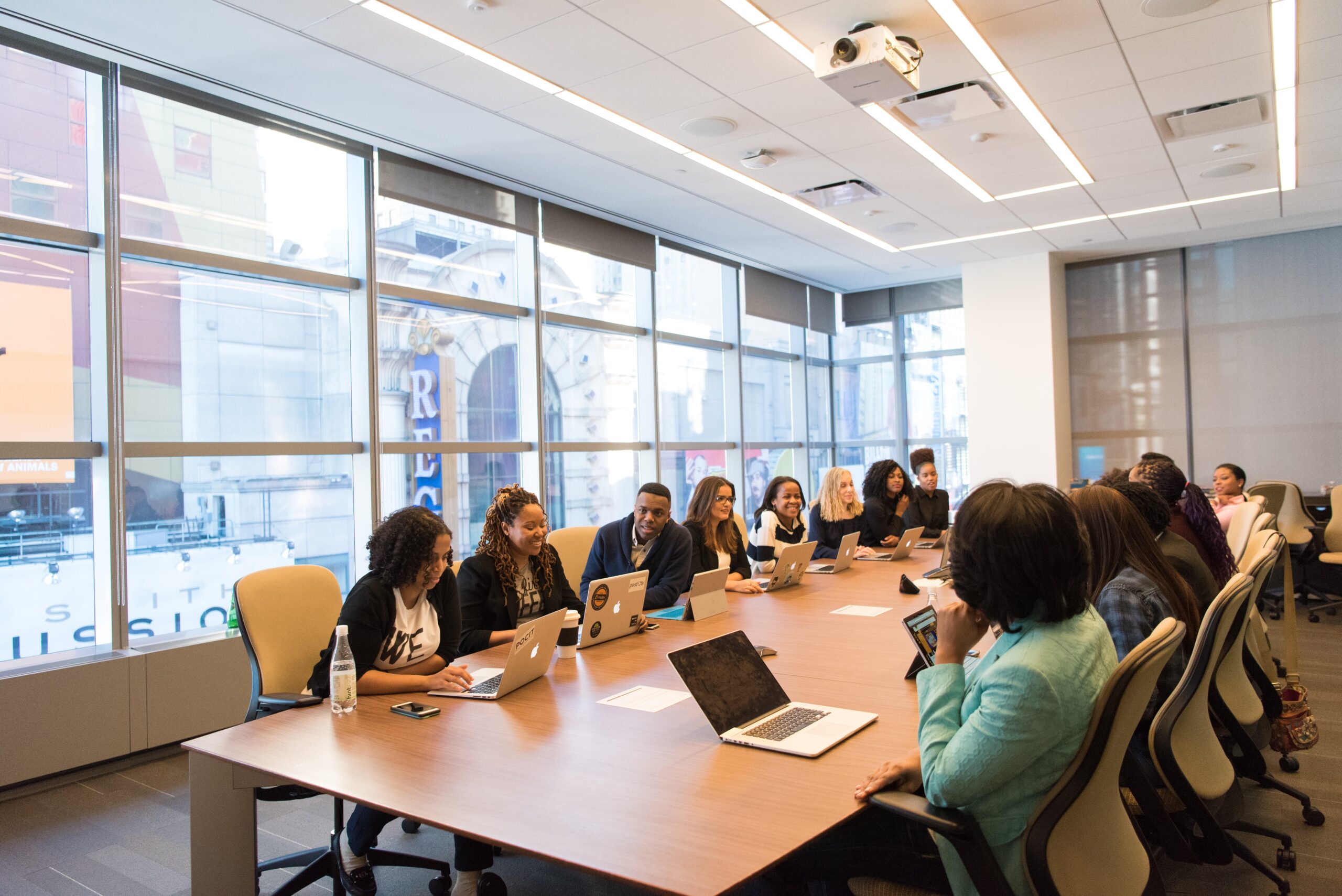
09th August 2022
To build an inclusive culture – start with inclusive leadership

Inclusivity should not be underestimated as a metric of organizational success – after all, a diverse workplace community creates a thriving culture, and it’s the culture that ultimately drives overall performance.
Inclusive teams are more effective.
A report by Diversity Council Australia – the 2021-22 Inclusion@Work Index – suggests that:
- Employees in inclusive teams are 11 times more likely to be highly effective than those in non-inclusive teams
- Six times more likely to provide excellent customer service
- And four times less likely to leave their jobs in the next year
And an inclusive culture starts with an inclusive leader.
According to Dr Juliet Bourke, a professor of practice of the University of New South Wales Business School, inclusive leaders “create an environment in which all employees feel like they’re treated equitably, valued and psychologically safe”.
But despite the data, many leaders still undervalue, or outright neglect the positive impact of cultural diversity in the workplace.
“They may think they can still get away with a style of behaviour that neglects inclusion,” Dr Bourke says. “But those days are gone. They’re on a pathway to obsolescence and ineffectiveness. It’s just that they don’t know they’re on that path.”
The next steps
So how can organizations ensure that they avert ineffective leadership? What are the qualities that they need to look for, and nurture within, their future leaders?
Find out the six traits of inclusive leaders, and more in this article by Simon Webster.
From the article
Traits of inclusive leaders
Self-awareness and a growth mindset are essential if you’re going to develop inclusive leadership skills, Annese says. It’s about understanding your biases, being willing to learn, and constantly working on yourself as a leader.
Dr Bourke’s research has found that inclusive leaders share six traits: visible commitment, humility, awareness of bias, curiosity about others, cultural intelligence, and effective collaboration.
“We’re all somewhere on a spectrum of being excellent at one or more of those characteristics, but needing development on some others,” Dr Bourke says.
While there’s no one course of action that can turn a leader into a role model of inclusivity (because after all, leaders are a diverse bunch, too), Dr Bourke believes all the required skills can be developed with effort.
“It’s an individual journey where we each need to reflect and get feedback – you might call it radical candour – from other people who are prepared to talk straight to us,” she says.
Both experts agree that leaders developing their skills may need to be patient. Building authentic relationships with staff takes time, Annese says.
“You can’t just demand that someone tells you all about them. People don’t open up unless they feel they’re in a safe and secure environment. It requires constant, regular, open communication,” she says.
And biases learnt over a lifetime may take a while to unravel, Dr Bourke adds, as leaders will make mistakes, needing to pick themselves up and try again.
“Going from a position of ignorance to knowledge requires sustained engagement over time,” she says. “It’s not just going to happen in a single moment. And it will require bravery on the part of leaders.”
Read the full article, here.
For more articles on Diversity & Inclusion, Culture, and Experience & Engagement be sure to check out the Inspiring Workplaces website.
And why not check out some of our on-demand videos from the Inspiring Workplaces Summer Series ’22 – join our community here, to view for free.

